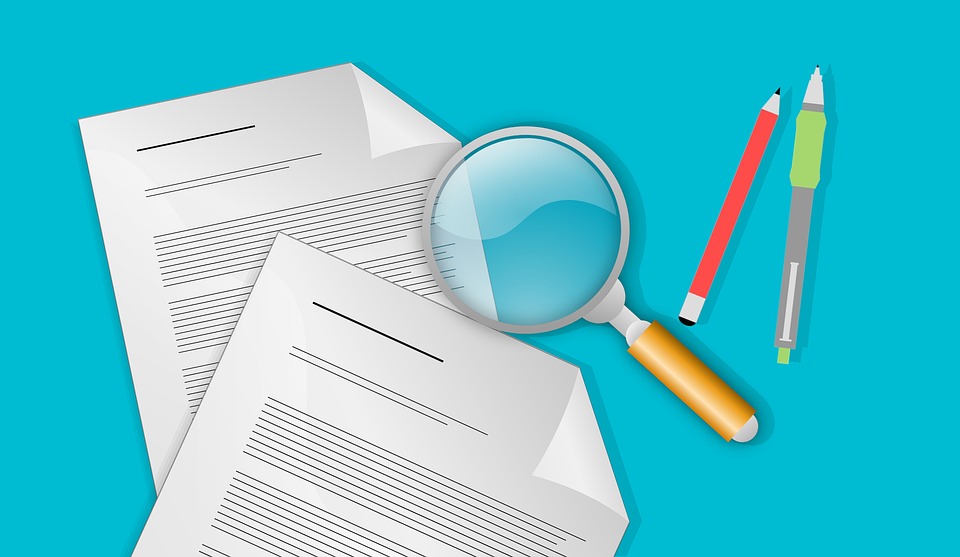
by Jnmarseille13 (January 19th, 2024)
by Jnmarseille13 (January 19th, 2024)

When you release a music project, such as an album, single or EP, you have to distribute it and have it associated with a dedicated visual element called “album cover”, that will be the front packaging art of your project. The cover is very important because it’s the first thing a consumer will see before listening to your music.
However, chances are you’ve had someone else make the artwork (like an artist, graphic designer, or photographer). If that’s the case, then it’s important to remember that even that you don’t own this piece of work, even if it’s associated to your project, whether you’ve paid for it or not! Just like your music, the artwork is protected by the copyright laws of the country where the author lives.
What does that mean for you, and how can it affect your music journey?
In most countries, when you create a piece of art, you automatically own the copyrights to your creation. Which means that, if you are not the one the person making your album cover, then you’re limited to what you can do with it, and you have to get permission from the creator to use their work for your project.

This can be quite a simple straight-forward process when you’re hiring someone to make your cover, as the hired person will obviously know why they’re working on the artwork. But will you be able to use it again for another project? Will you be allowed to make changes on it yourself and put it out that way? If the person you’re working with is a friend, I guess it’s easy to discuss it. But if you’re hiring a professional or a company, this is something you have to have written down somewhere (in a contract, for example).
You may also have to provide copyright information on the artwork, if required by the artist or designer. Copyright information often include the “©” symbol followed by the name of the owner and the year the cover was made in.
You also have the possibility to get a free or paid picture you found on the Internet, on a stock image website or some other place. Most images from the Internet come with a license whether you’ve paid for it or not. Before using this for your project, you have to check every detail of what the license allows and prohibits.

Does it allow you to use it for commercial purposes (such as releasing an album on every major streaming platform that can pay you royalties)? Does it allow you to make changes on it?
If you got it from another source, you might have to contact the creator directly, but you will need make sure you have those two permissions as well.
As you can see, using album covers that you didn’t create yourself require some verifications, to avoid exposing yourself to unnecessary lawsuits. When you’re a simple independent artist, with a small network, and you hire a friend or some artist that you get along with well, then it’s a pretty simple process. But if you’re a label and trying to work with established registered graphic design businesses, then you might have to pay attention to those things a little more.

However, this article is for educational and informational purposes only… if you want some full, legal advice, you should always contact an actual lawyer and not take my words for granted, haha! The only full advice I can give you is taking the artwork thing seriously. Make sure it looks great! It’s the first thing a listener will see; and yes, the consumer will always judge the book by its cover!

When you release a music project, such as an album, single or EP, you have to distribute it and have it associated with a dedicated visual element called “album cover”, that will be the front packaging art of your project. The cover is very important because it’s the first thing a consumer will see before listening to your music.
However, chances are you’ve had someone else make the artwork (like an artist, graphic designer, or photographer). If that’s the case, then it’s important to remember that even that you don’t own this piece of work, even if it’s associated to your project, whether you’ve paid for it or not! Just like your music, the artwork is protected by the copyright laws of the country where the author lives.
What does that mean for you, and how can it affect your music journey?
In most countries, when you create a piece of art, you automatically own the copyrights to your creation. Which means that, if you are not the one the person making your album cover, then you’re limited to what you can do with it, and you have to get permission from the creator to use their work for your project.

This can be quite a simple straight-forward process when you’re hiring someone to make your cover, as the hired person will obviously know why they’re working on the artwork. But will you be able to use it again for another project? Will you be allowed to make changes on it yourself and put it out that way? If the person you’re working with is a friend, I guess it’s easy to discuss it. But if you’re hiring a professional or a company, this is something you have to have written down somewhere (in a contract, for example).
You may also have to provide copyright information on the artwork, if required by the artist or designer. Copyright information often include the “©” symbol followed by the name of the owner and the year the cover was made in.
You also have the possibility to get a free or paid picture you found on the Internet, on a stock image website or some other place. Most images from the Internet come with a license whether you’ve paid for it or not. Before using this for your project, you have to check every detail of what the license allows and prohibits.

Does it allow you to use it for commercial purposes (such as releasing an album on every major streaming platform that can pay you royalties)? Does it allow you to make changes on it?
If you got it from another source, you might have to contact the creator directly, but you will need make sure you have those two permissions as well.
As you can see, using album covers that you didn’t create yourself require some verifications, to avoid exposing yourself to unnecessary lawsuits. When you’re a simple independent artist, with a small network, and you hire a friend or some artist that you get along with well, then it’s a pretty simple process. But if you’re a label and trying to work with established registered graphic design businesses, then you might have to pay attention to those things a little more.

However, this article is for educational and informational purposes only… if you want some full, legal advice, you should always contact an actual lawyer and not take my words for granted, haha! The only full advice I can give you is taking the artwork thing seriously. Make sure it looks great! It’s the first thing a listener will see; and yes, the consumer will always judge the book by its cover!